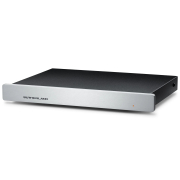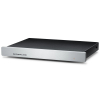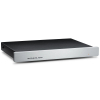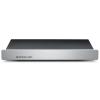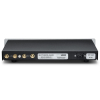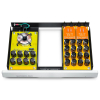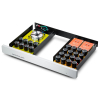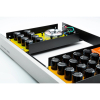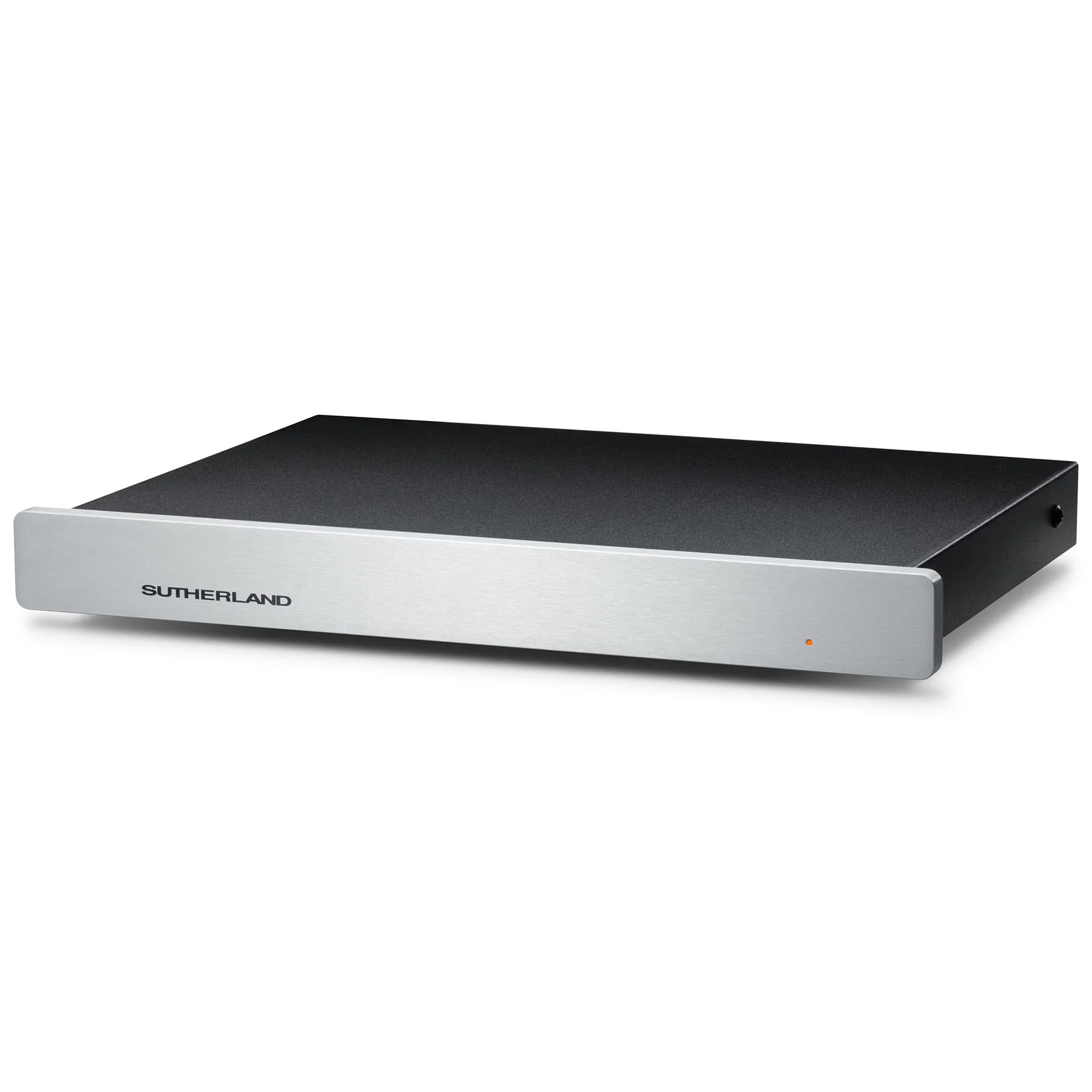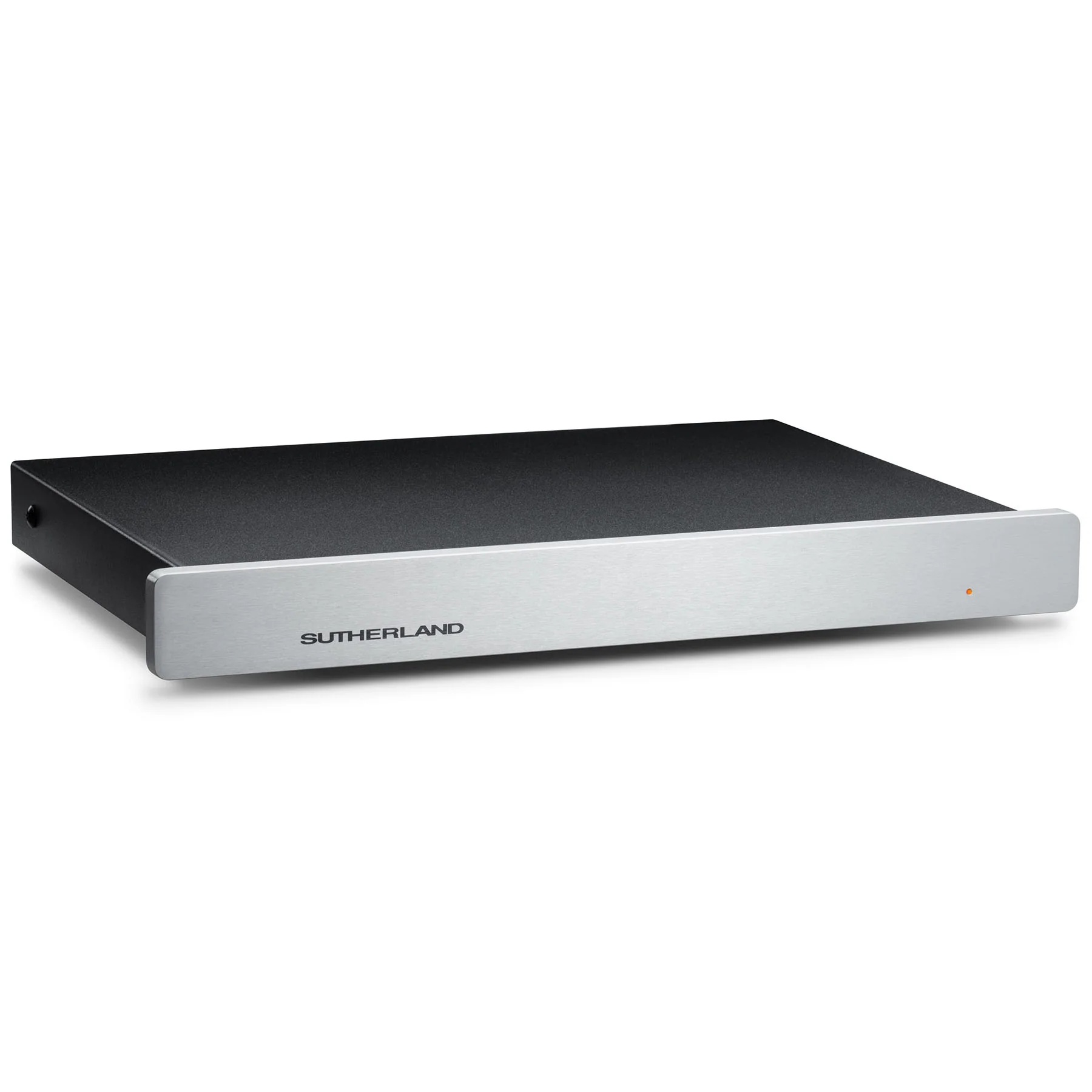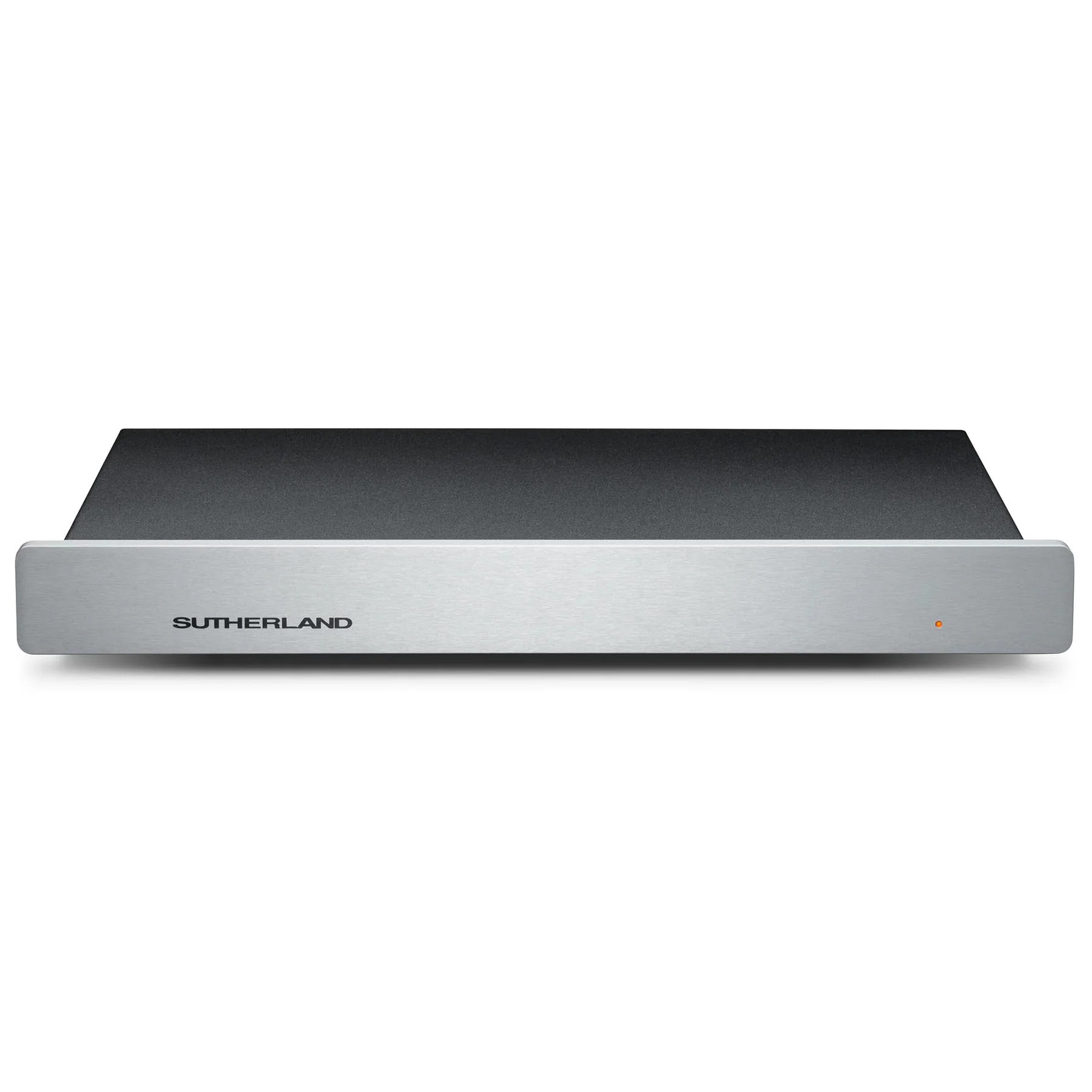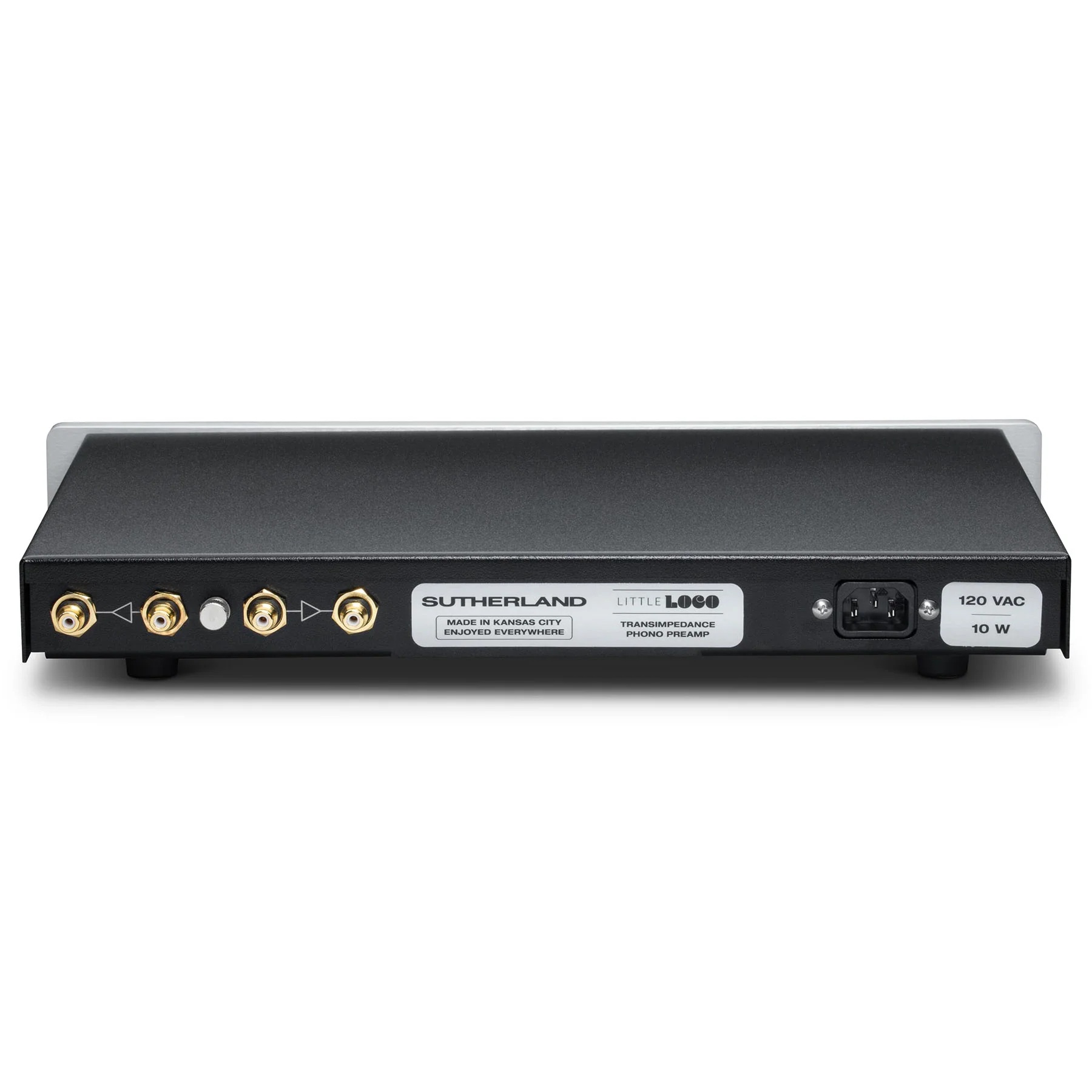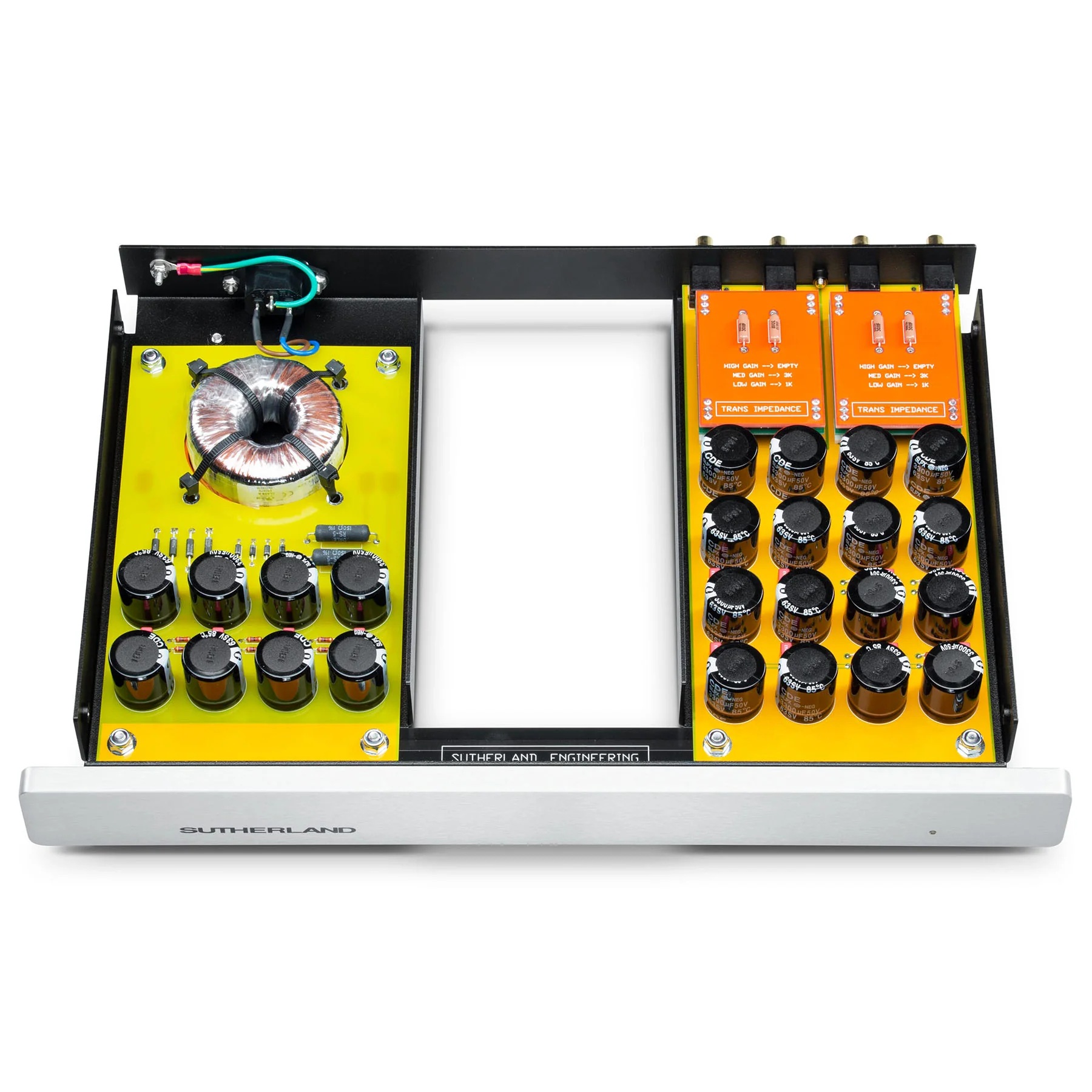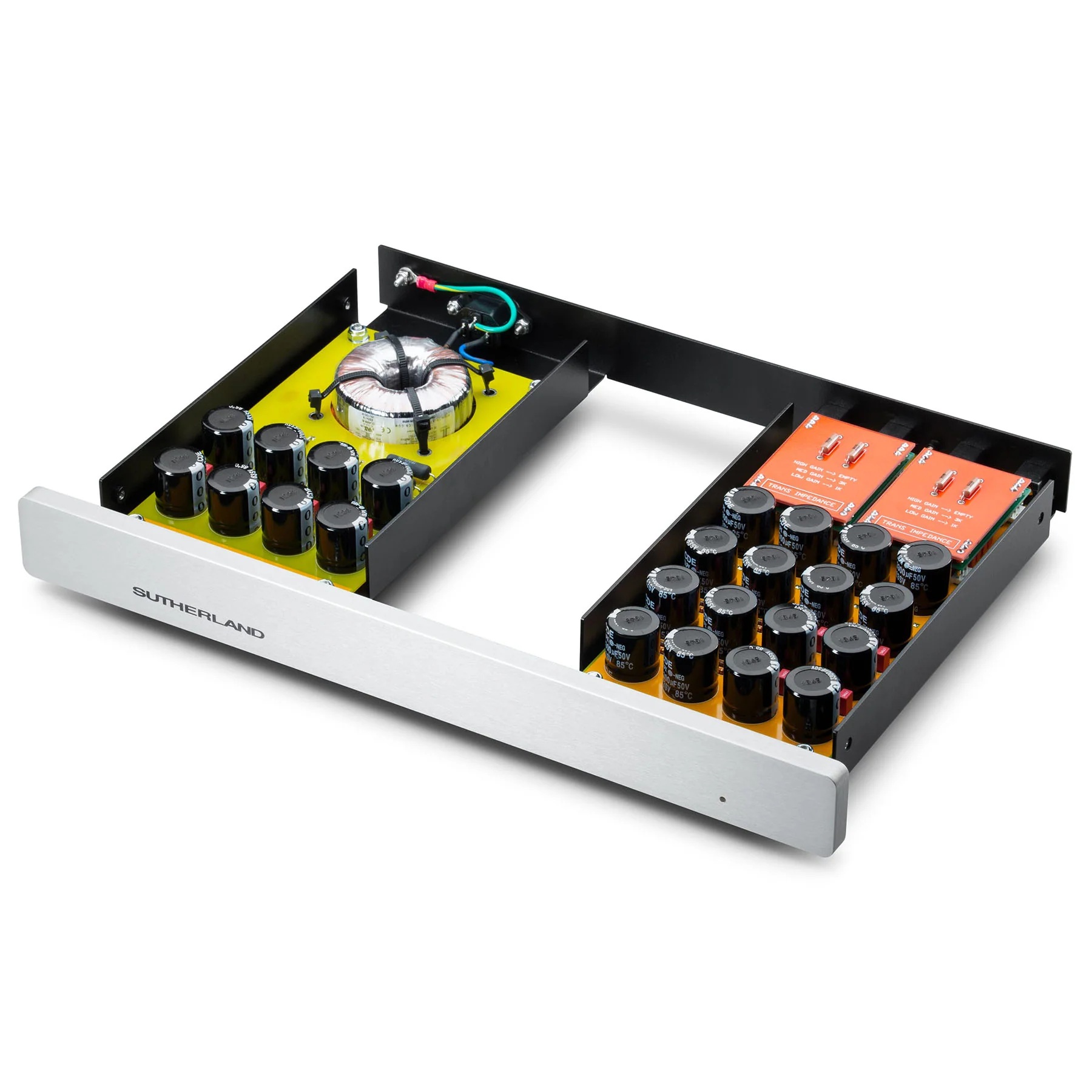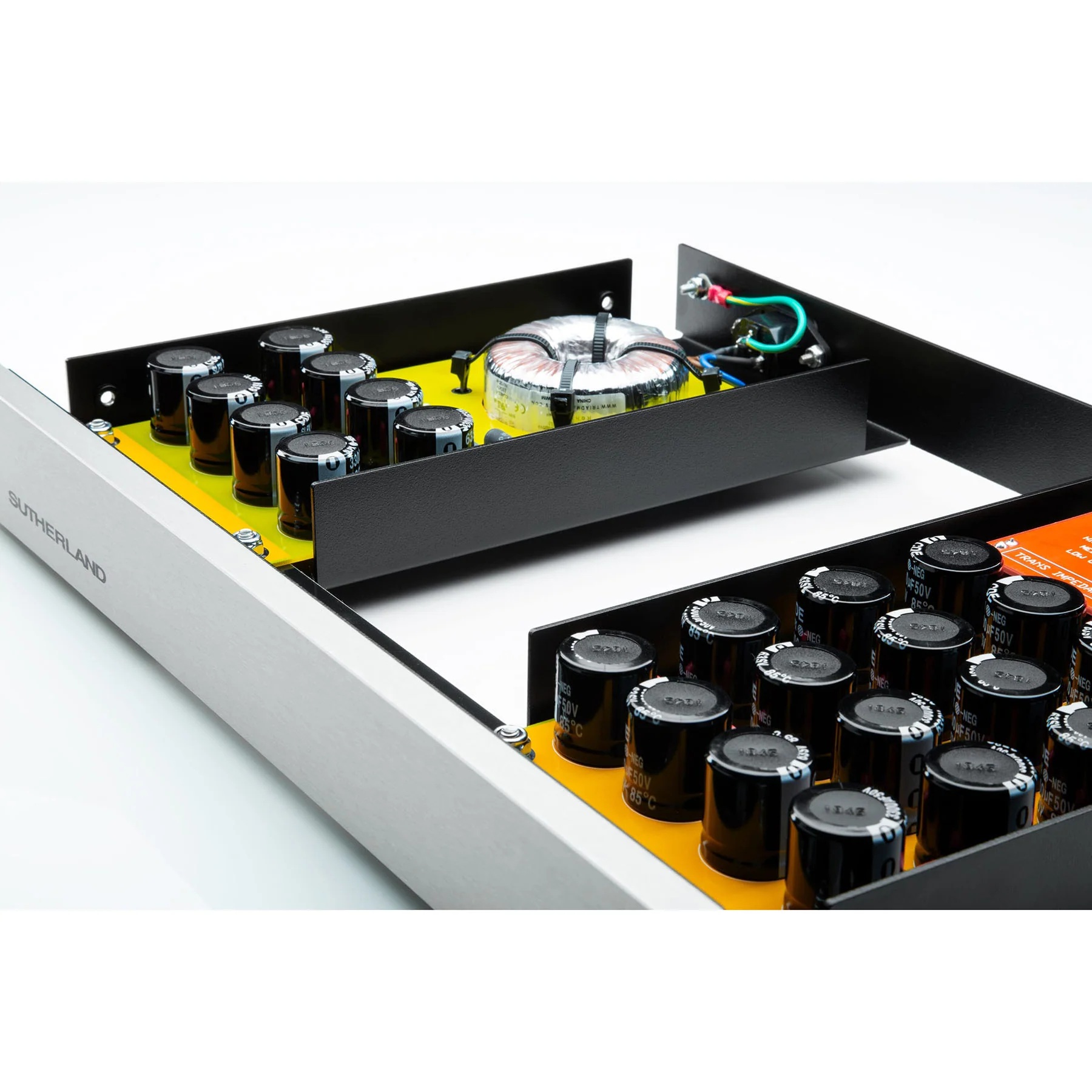- AUDIO ONE-TO-ONE Call Now: 210-805-9927
- Contact
- Register
- My Account
Sutherland Engineering Little Loco Transimpedance Phono Preamp
Sutherland Engineering Little Loco Transimpedance Phono Preamp
Sutherland Engineering Little Loco Transimpedance Phono Preamp
Sutherland Engineering Little Loco Transimpedance Phono Preamp
Description

MY TAKE: The Sutherland Little Loco is a remarkable phono preamplifier. It does some things that other phono preamps in the price range (and even well above) can't dream of. That doesn't mean it's perfect, but if I were running an MC cartridge with low internal impedance, the Little Loco would be my #1 choice at this price point. - Galen Carol
MY NOTE: I'm not an engineer and can't argue the theoretical advantages or disadvantages of a particular electrical circuit design or topology. That is most certainly true in this case with regards to voltage mode versus current mode phono preamplifiers. Below are two explanations (both found online) that bring some clarity to the fundamental and practical differences of the two design philosophies. The section "Transimpedance 101" is another explanation of the technical differences written by Brian Damkroger as part of his review in Stereophile.
Voltage Mode vs. Current Mode -
Phono preamplifiers can generally operate in one of two modes: voltage mode or current mode. These terms refer to how the phono preamp processes the electrical signal from the cartridge. Here’s a breakdown of the differences between these two modes:
1. Voltage Mode Phono Preamplifier -
In a voltage mode preamp, the primary goal is to amplify the voltage signal from the phono cartridge. The signal from a phono cartridge is a very small voltage (often in the range of millivolts), and the preamp boosts this voltage to a level that can be handled by the rest of the audio system (line-level signal, usually around 1–2 volts).
How it works:The phono cartridge generates a small voltage signal due to the movement of the stylus in the groove of the record, which induces a current through the coils. The voltage-mode preamp focuses on amplifying this voltage signal.
Implementation: Typically, voltage-mode preamps are based on standard operational amplifier (op-amp) circuits or transistor amplifiers. The design amplifies the voltage and uses resistors and capacitors to set the frequency response (including the RIAA equalization curve that compensates for the inverse of the frequency response from the vinyl format).
Characteristics:Higher noise and distortion can sometimes be an issue because the amplifier directly handles the voltage signal, which can be more prone to interference.
Commonly used in many traditional phono preamps.
Simpler and less expensive to design.
2. Current Mode Phono Preamplifier -
In a current mode preamp, the signal from the cartridge is treated as a current signal rather than a voltage signal. A current-mode preamp amplifies the electrical current generated by the moving magnet or moving coil of the cartridge, rather than focusing solely on amplifying the voltage output.
How it works:The signal from the phono cartridge is typically a small current, and the current-mode preamp amplifies this current directly.
Implementation: Current-mode preamps usually require a more specialized design. These circuits often involve transimpedance amplifiers (which convert current into voltage) and sometimes other components to deal with the cartridge's low impedance and its current output.
Characteristics:
It can offer better noise immunity and lower distortion because the current signal is less affected by common-mode noise compared to voltage signals.
Generally, it provides better fidelity and more accurate representation of the original sound, especially with high-quality moving-coil cartridges.
It tends to be more complex and more expensive to design than voltage-mode phono stages.
Offers high linearity, which is crucial for precise amplification of the tiny signals from the cartridge.
Transimpedance 101 -Excerpt from Brian Damkroger's review in Stereophile: "Opinions vary, but there's general agreement that current-input phono stages have two advantages. One is inherently low noise: Because there's no voltage associated with the musical signal, it's immune to several vexing noise sources—for example, those that result from the mechanical and electrical weaknesses of phono cables. A second claimed advantage of transimpedance designs is their demonstrably faster real-world response at similar levels of effective gain; this difference provides better damping and allows a cartridge to respond more quickly and accurately to the smallest variations in a record groove.
"On the other hand, a current-mode phono preamp limits choice in some ways. The shield and ground of the phono cable must be isolated from the plus and minus conductors, which eliminates certain cables and tonearms from consideration. There's nothing a user can adjust to optimize the circuit for a certain cartridge—no adjustment of load resistance, in other words. You're almost entirely limited to moving-coil cartridges, and apparently, even among moving-coils, some combinations don't work at all. Got a cartridge you want to use? Plug it in, hold your breath, and see what happens."REVIEWS:
Stereophile - "My experience with the Little Loco convinced me that it wouldn't be hard to find a reasonably priced cartridge that sounded beyond incredible with it: I just tried what I had in my closet, and most of them worked beautifully—good enough to stop shopping then and there. The combination of the Little Loco and the $500 AT-OC9ML/II sounded as good as a $20,000 combination of my experience, in nearly every way—and better in some. With the $1600 Benz Micro SL, the Little Loco did things I've never heard my system do before.
"For my money, the Little Loco is the best way to spend $3800 on an audio system with an analog source." - Brian Damkroger
Stereophile Class A Rating
Stereophile - "But now my months-long auditions of Sutherland Engineering's Little Loco transimpedance phono amplifier indicate that it might give jaded phonophiles the best of JFETs and SUTs. Without the disappointments. Highly recommended." - Herb Reichert
HomeTheater HiFi - "I have been waiting to hear a current based phono stage for a long while now. That is why I asked for the review sample even though I knew I would be pressed to find the time to finish the review due to an impending move. If I didn’t do it, one of my fellow reviewers would, and then where would I be? Yes, I’m a bad person. But, I would do it again. The balanced connection issue was looming out there as a monstrous obstacle to the wide adoption of this technology and I congratulate Ron Sutherland for stepping up to the plate and solving the problem. The next problem to solve is on you and your audio dealer, make sure your cartridge is moving-coil and otherwise suitable for use with the little LOCO. Then, your problem will be how to afford and where to store all the records you’ll want to buy because the little LOCO is addictive." -Customer Reviews from the Sutherland website -
"The LL works especially well with my 2 Dynavectors: a Te Katora Rua and an XX2-MKII. I must offer my sincerest thanks for this truly remarkable Little Loco. I’m a classical music lover, and believe that the genre makes by far the greatest demands on an audio system. I’ve been through many phono preamps and SUTs, none of which have provided more pleasure than my Little Loco together with the above cartridges."– Jeffrey
"I must tell you. I thought my system was emotional before, but I now realize just how much of that aspect I was missing. This new Little Loco is otherworldly, and I think will do extremely well for you. I am having a hard time finding a record that sounds bad! I mean, really? I just can’t believe it. I have no criticisms and appreciate the art you have done here. Well crafted. Congratulations and thank you!" - Paul
SPECIFICATIONS:Power Requirements: 120 VAC
Dimensions: (WHD): 17″ x 2 1/2″ x 13″
Weight: 15 lbs.
Sutherland Engineering Little Loco Transimpedance Phono Preamp
Description

MY TAKE: The Sutherland Little Loco is a remarkable phono preamplifier. It does some things that other phono preamps in the price range (and even well above) can't dream of. That doesn't mean it's perfect, but if I were running an MC cartridge with low internal impedance, the Little Loco would be my #1 choice at this price point. - Galen Carol
MY NOTE: I'm not an engineer and can't argue the theoretical advantages or disadvantages of a particular electrical circuit design or topology. That is most certainly true in this case with regards to voltage mode versus current mode phono preamplifiers. Below are two explanations (both found online) that bring some clarity to the fundamental and practical differences of the two design philosophies. The section "Transimpedance 101" is another explanation of the technical differences written by Brian Damkroger as part of his review in Stereophile.
Voltage Mode vs. Current Mode -
Phono preamplifiers can generally operate in one of two modes: voltage mode or current mode. These terms refer to how the phono preamp processes the electrical signal from the cartridge. Here’s a breakdown of the differences between these two modes:
1. Voltage Mode Phono Preamplifier -
In a voltage mode preamp, the primary goal is to amplify the voltage signal from the phono cartridge. The signal from a phono cartridge is a very small voltage (often in the range of millivolts), and the preamp boosts this voltage to a level that can be handled by the rest of the audio system (line-level signal, usually around 1–2 volts).
How it works:
The phono cartridge generates a small voltage signal due to the movement of the stylus in the groove of the record, which induces a current through the coils. The voltage-mode preamp focuses on amplifying this voltage signal.
Implementation: Typically, voltage-mode preamps are based on standard operational amplifier (op-amp) circuits or transistor amplifiers. The design amplifies the voltage and uses resistors and capacitors to set the frequency response (including the RIAA equalization curve that compensates for the inverse of the frequency response from the vinyl format).
Characteristics:
Higher noise and distortion can sometimes be an issue because the amplifier directly handles the voltage signal, which can be more prone to interference.
Commonly used in many traditional phono preamps.
Simpler and less expensive to design.
2. Current Mode Phono Preamplifier -
In a current mode preamp, the signal from the cartridge is treated as a current signal rather than a voltage signal. A current-mode preamp amplifies the electrical current generated by the moving magnet or moving coil of the cartridge, rather than focusing solely on amplifying the voltage output.
How it works:
The signal from the phono cartridge is typically a small current, and the current-mode preamp amplifies this current directly.
Implementation: Current-mode preamps usually require a more specialized design. These circuits often involve transimpedance amplifiers (which convert current into voltage) and sometimes other components to deal with the cartridge's low impedance and its current output.
Characteristics:
It can offer better noise immunity and lower distortion because the current signal is less affected by common-mode noise compared to voltage signals.
Generally, it provides better fidelity and more accurate representation of the original sound, especially with high-quality moving-coil cartridges.
It tends to be more complex and more expensive to design than voltage-mode phono stages.
Offers high linearity, which is crucial for precise amplification of the tiny signals from the cartridge.
Transimpedance 101 -
Excerpt from Brian Damkroger's review in Stereophile: "Opinions vary, but there's general agreement that current-input phono stages have two advantages. One is inherently low noise: Because there's no voltage associated with the musical signal, it's immune to several vexing noise sources—for example, those that result from the mechanical and electrical weaknesses of phono cables. A second claimed advantage of transimpedance designs is their demonstrably faster real-world response at similar levels of effective gain; this difference provides better damping and allows a cartridge to respond more quickly and accurately to the smallest variations in a record groove.
"On the other hand, a current-mode phono preamp limits choice in some ways. The shield and ground of the phono cable must be isolated from the plus and minus conductors, which eliminates certain cables and tonearms from consideration. There's nothing a user can adjust to optimize the circuit for a certain cartridge—no adjustment of load resistance, in other words. You're almost entirely limited to moving-coil cartridges, and apparently, even among moving-coils, some combinations don't work at all. Got a cartridge you want to use? Plug it in, hold your breath, and see what happens."
REVIEWS:
Stereophile - "My experience with the Little Loco convinced me that it wouldn't be hard to find a reasonably priced cartridge that sounded beyond incredible with it: I just tried what I had in my closet, and most of them worked beautifully—good enough to stop shopping then and there. The combination of the Little Loco and the $500 AT-OC9ML/II sounded as good as a $20,000 combination of my experience, in nearly every way—and better in some. With the $1600 Benz Micro SL, the Little Loco did things I've never heard my system do before.
"For my money, the Little Loco is the best way to spend $3800 on an audio system with an analog source." - Brian Damkroger
Stereophile Class A Rating
Stereophile - "But now my months-long auditions of Sutherland Engineering's Little Loco transimpedance phono amplifier indicate that it might give jaded phonophiles the best of JFETs and SUTs. Without the disappointments. Highly recommended." - Herb Reichert
HomeTheater HiFi - "I have been waiting to hear a current based phono stage for a long while now. That is why I asked for the review sample even though I knew I would be pressed to find the time to finish the review due to an impending move. If I didn’t do it, one of my fellow reviewers would, and then where would I be? Yes, I’m a bad person. But, I would do it again. The balanced connection issue was looming out there as a monstrous obstacle to the wide adoption of this technology and I congratulate Ron Sutherland for stepping up to the plate and solving the problem. The next problem to solve is on you and your audio dealer, make sure your cartridge is moving-coil and otherwise suitable for use with the little LOCO. Then, your problem will be how to afford and where to store all the records you’ll want to buy because the little LOCO is addictive." -
Customer Reviews from the Sutherland website -
"The LL works especially well with my 2 Dynavectors: a Te Katora Rua and an XX2-MKII. I must offer my sincerest thanks for this truly remarkable Little Loco. I’m a classical music lover, and believe that the genre makes by far the greatest demands on an audio system. I’ve been through many phono preamps and SUTs, none of which have provided more pleasure than my Little Loco together with the above cartridges."– Jeffrey
"I must tell you. I thought my system was emotional before, but I now realize just how much of that aspect I was missing. This new Little Loco is otherworldly, and I think will do extremely well for you. I am having a hard time finding a record that sounds bad! I mean, really? I just can’t believe it. I have no criticisms and appreciate the art you have done here. Well crafted. Congratulations and thank you!" - Paul
SPECIFICATIONS:
Power Requirements: 120 VAC
Dimensions: (WHD): 17″ x 2 1/2″ x 13″
Weight: 15 lbs.


